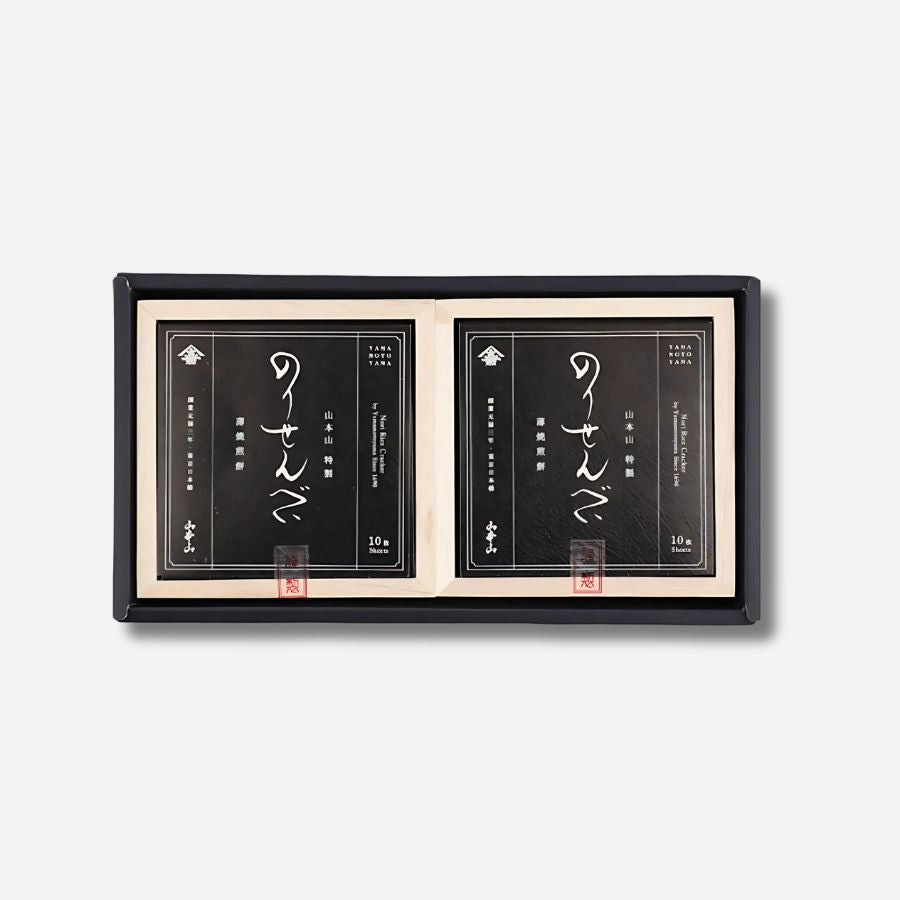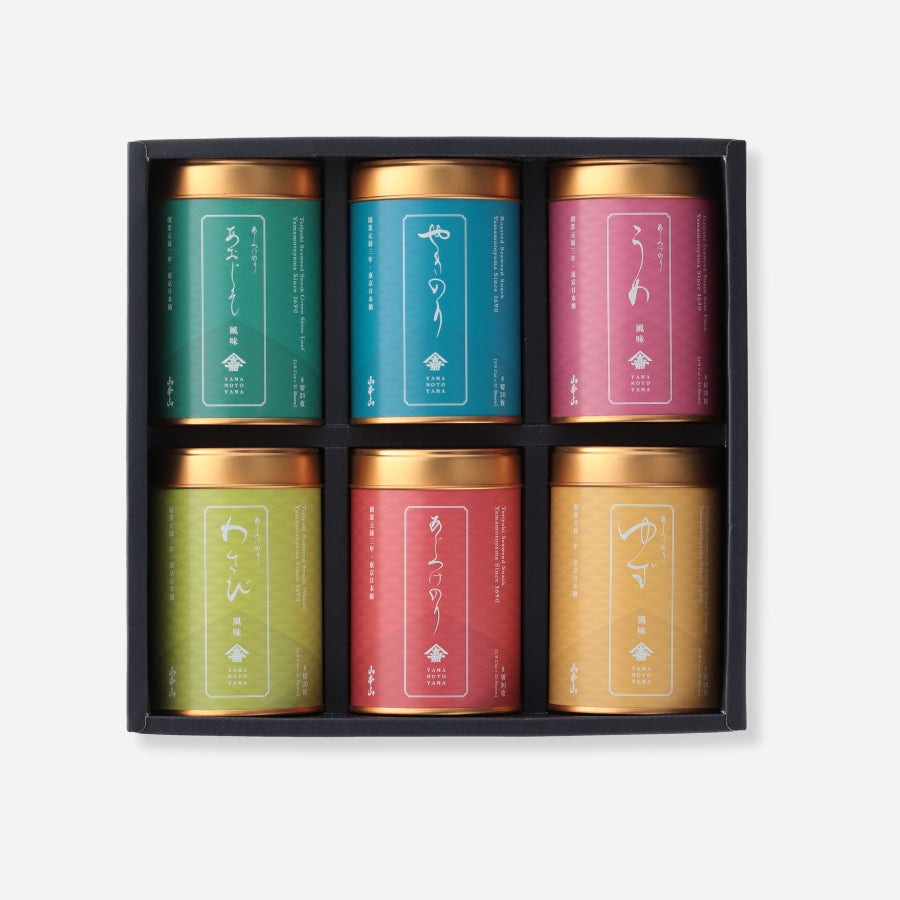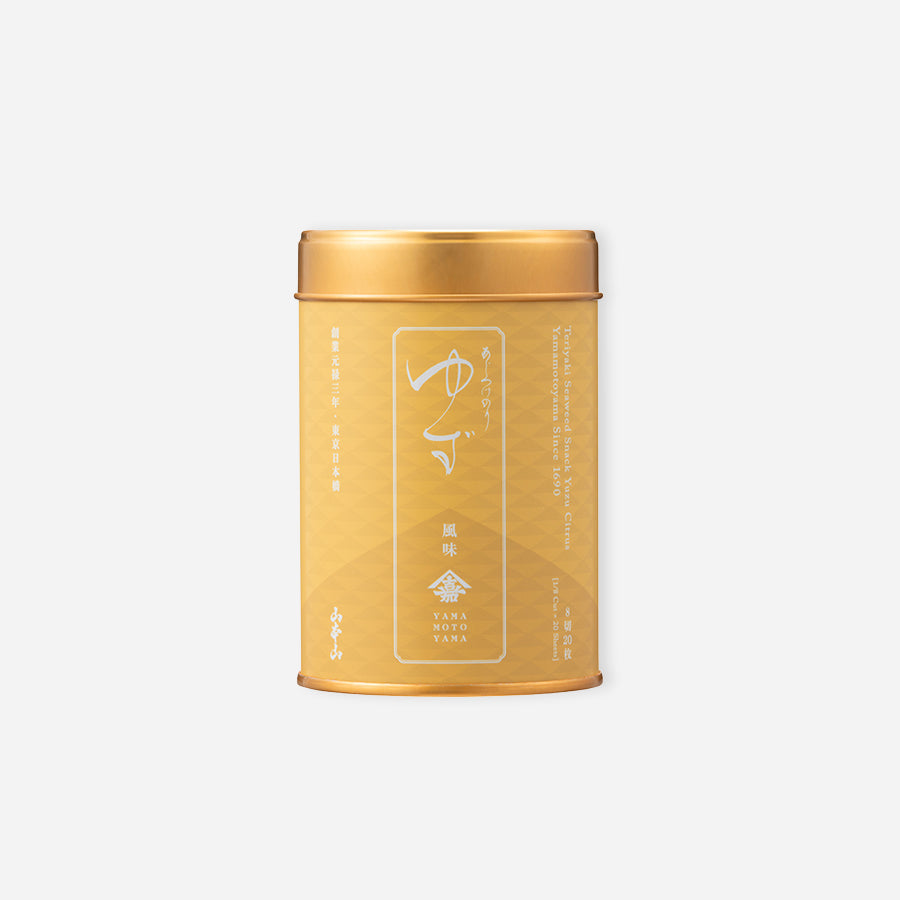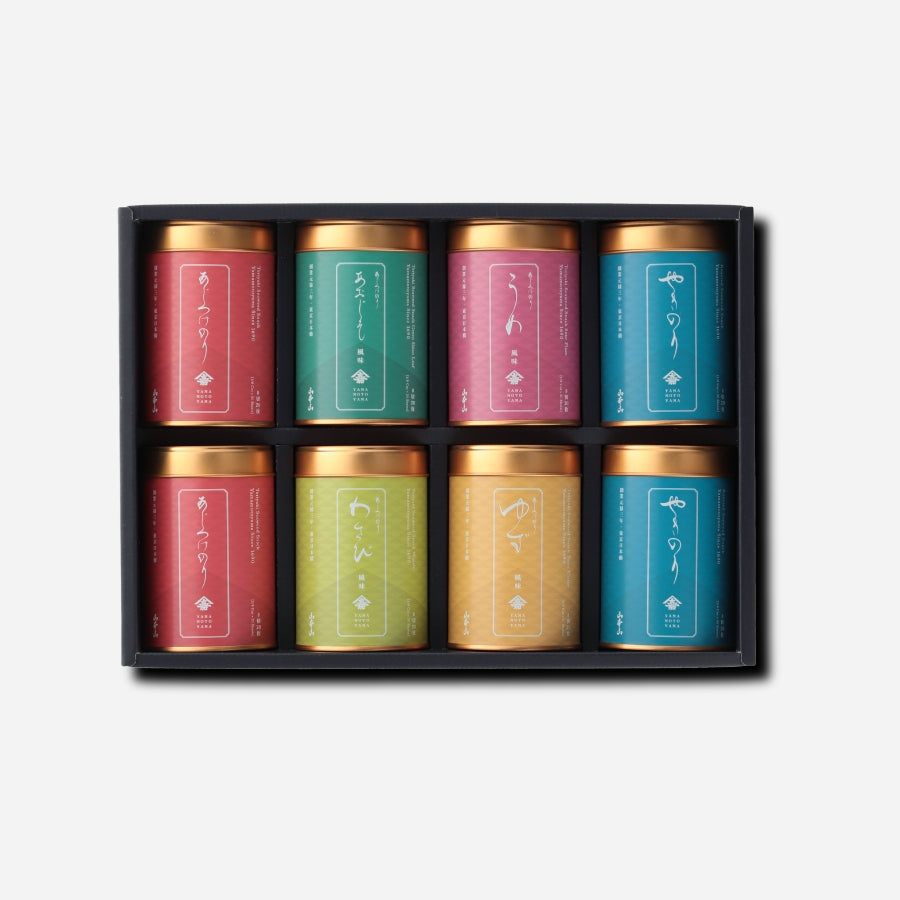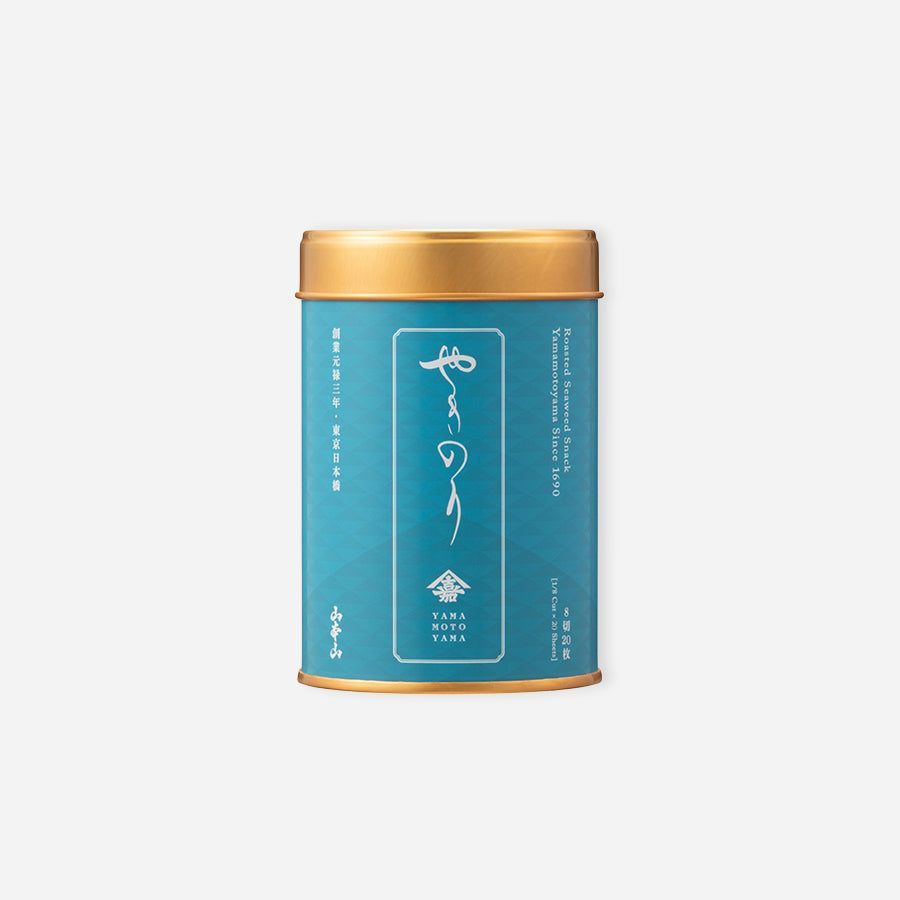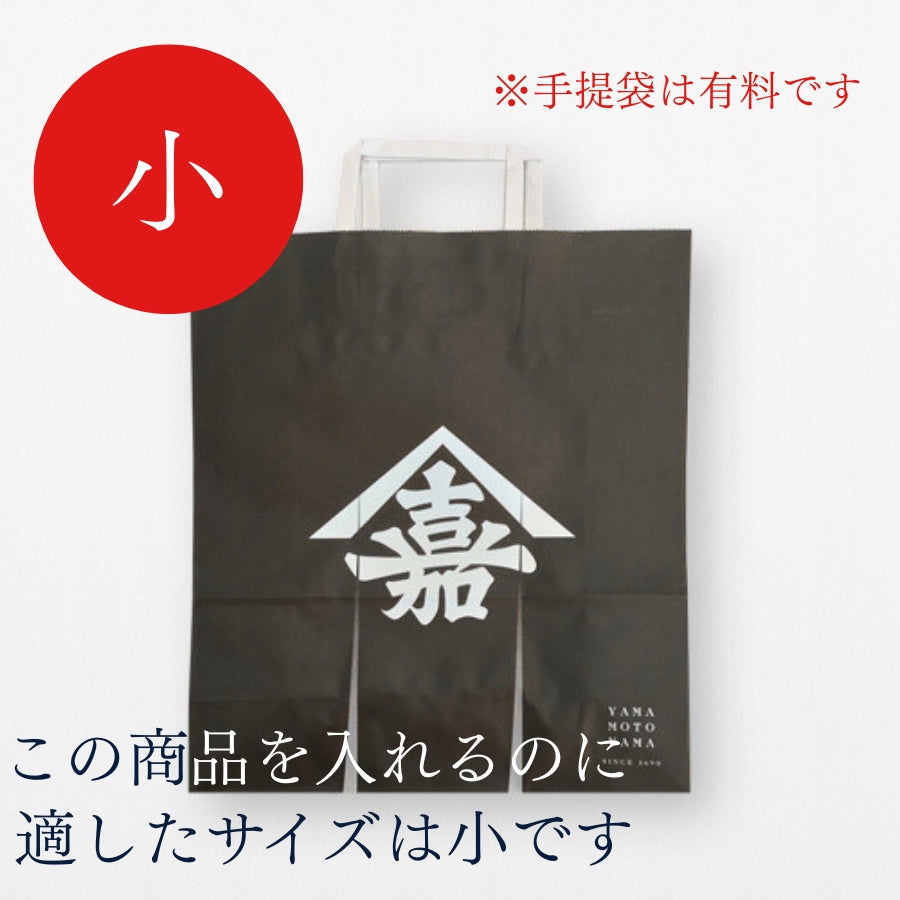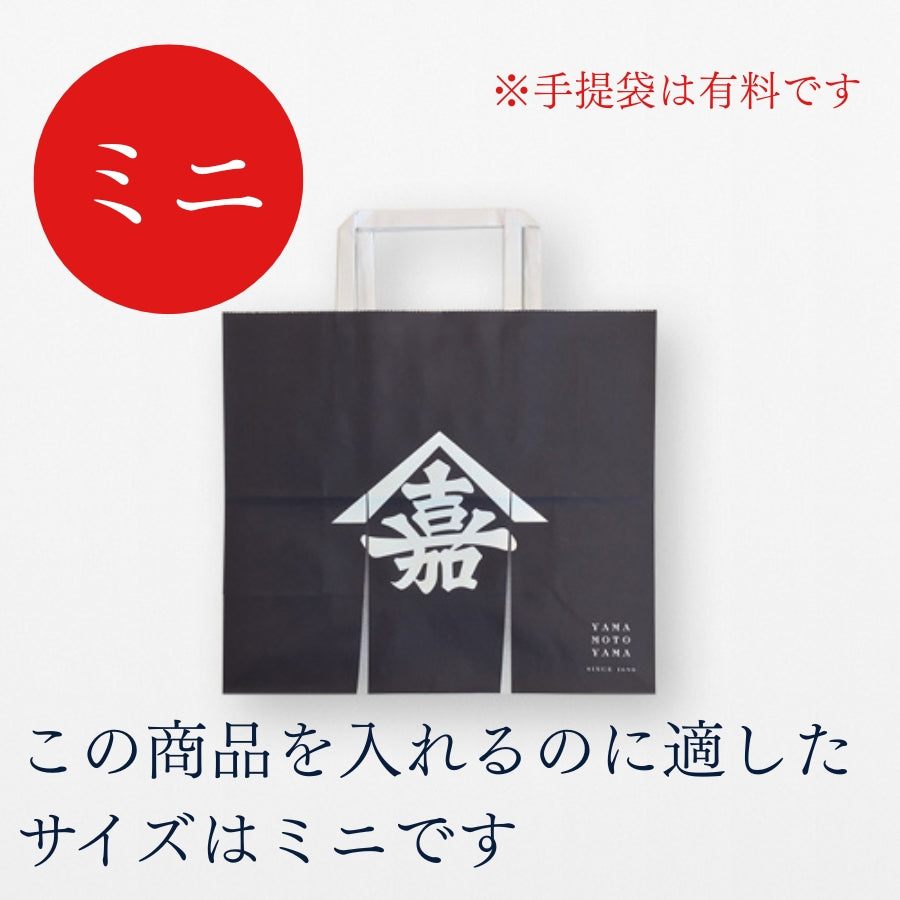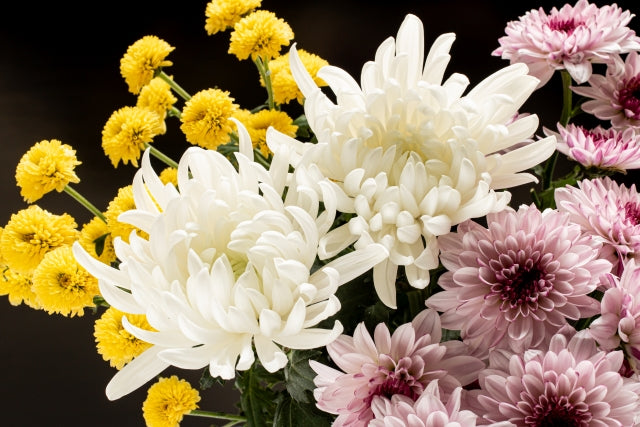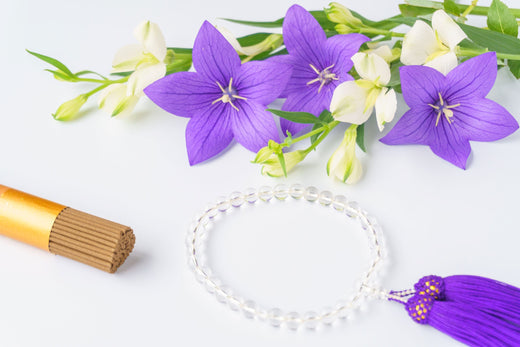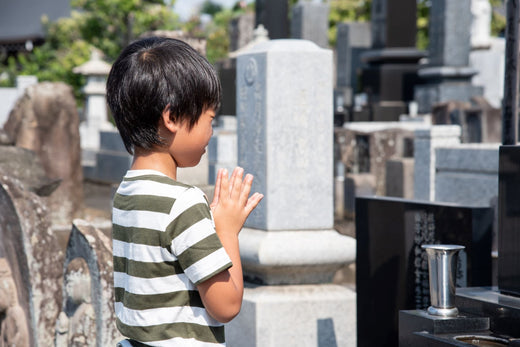
Don't worry if it's your first memorial service | A complete guide to memorial services and anniversary memorial services!
Introduction
When a person dies, various memorial services are held so that their spirit can depart peacefully to the afterlife.
Memorial services and Buddhist rites are important ceremonies for praying for the repose of the deceased's soul, helping bereaved families overcome their grief, and remembering the deceased.
The seven weeks (49 days) after a person's death are called "Chuin," during which the deceased is said to wander between this world and the underworld. Therefore, during this period, memorial services are held every seven days, and prayers are made for the soul of the deceased to be able to rest in peace.
The seventh day memorial service is held together with the reception of the remains, and is usually omitted until the 49th day after death.

49th day memorial service
The 49th day is an important milestone when the deceased is said to attain nirvana and marks the end of mourning.
On this day, bereaved families invite close relatives, friends, and acquaintances to pray for the deceased's soul to rest in peace. It is common for them to also bury the ashes.
100th day memorial service
This is the first memorial service after the end of mourning. Generally, it is held only among family members.

Holding memorial services on milestone years
The day in the year that the deceased died is called the "Saiugetsu Memorial Day," and a memorial service (annual memorial service) is held on this milestone year.
The first memorial service is held on the first anniversary, then the third anniversary, and thereafter the years are counted including the year of death.
On important occasions such as the first and third anniversaries of a person's death, it is customary to hold large-scale memorial services in memory of the deceased, inviting close relatives, friends, and acquaintances.
After the monks recite sutras, a meal is served and all attendees remember the deceased.
The venue for the memorial service varies depending on the wishes of the bereaved family, and can be a temple, home, or funeral home.

On the day of the memorial service, gifts are prepared as a token of appreciation for those in attendance. In addition to sweets and tea, practical items such as towel sets are common.
When wrapping a gift, black and white or silver knotted mizuhiki is used, with inscriptions such as "Condolences" or "Aspirations" written on the front, and the family name "XX family" written underneath.
In the Kansai region, the inscription "chanoko" is also commonly used.

Shinto Memorial Services
In Shinto, ceremonies to pray for the repose of the deceased and to worship their spirits are called "Reisai" or "Shikinensai."
It is equivalent to a Buddhist memorial service and is held on important days after the death of the deceased, such as the 50th day, 100th day, one year, three years, and five years.
The mourning period ends with the "50th day memorial service" held on the 50th day after the death of the deceased, and after that, a "shikinensai" is held every year.
These ceremonies are generally held at home, in front of the grave, or at a funeral parlor, and a Shinto priest is invited to perform them. Family members, relatives, and friends often gather at a banquet called a "naorai" after the ceremony.

Christian memorial service
In Christianity, the content and timing of memorial ceremonies differ between Catholics and Protestants.
In Catholicism, memorial masses are held in churches on important days such as the third, seventh, and thirtieth day after the death of a person.
In particular, November is considered the month for commemorating the dead, and on All Souls' Day, November 2nd, a special mass is held to mourn the souls of all who have passed away.
On the other hand, Protestants generally hold a memorial service on the "call anniversary" one month after the death of the deceased. There are also cases where a memorial service is held on the first anniversary of the death.
Christianity does not have detailed rules regarding memorial services like Buddhism, but in Japan it is common to consider Catholic memorial masses and Protestant funeral anniversaries to be the Buddhist equivalent of the end of mourning.

Memorial service after the funeral
| The seventh day |
Shonoka |
Seven days after death (including the day of death) *This may be done together with the collection of the remains after cremation |
| 27th | Two bran | 14 days after death |
| 37 days | Minanuka | 21 days after death |
| Forty-seven days | Night Rice | 28 days after death |
| 57th day (35th day) | When will it happen? | 35 days after death *A memorial service may be held to mark the end of mourning |
| Sixth and seventh day | Munakata | 42 days after death *Often omitted |
| Seventy-seven days | Nananananaka | 49th day after death: A memorial service is held to mark the end of mourning. |
| 100 Days | 100th day | 100 days after death |
| First anniversary | One week | One year after death *From then on, a memorial service will be held on the anniversary of the death. |
| Third Anniversary | Participants | 3 years including the year of death *2 years after death |
| Seventh Anniversary | Nearby | 7 years including the year of death *6 years after death |
| Thirteenth Anniversary | Thirteenth | 13th year including the year of death *12th year after death |
| 17th Anniversary | Nearby | 17th year including the year of death *16th year after death |
| 23rd Anniversary | 23rd time | 23 years including the year of death *22 years after death |
| 27th Anniversary | Near 27th | 27th year including the year of death *26th year after death |
| 33rd Anniversary | Thirty-three times | It is often the 33rd year (including the year of death) (the mourning period) *The 32nd year after death |
| 50th Anniversary | 50th Anniversary | 50 years including the year of death *49 years after death |
| 100th Anniversary | 100 yen | 100 years including the year of death *99 years after death |
* These are often omitted except for the 7th day, 49th day, 1st anniversary, 3rd anniversary, 7th anniversary, 13th anniversary, and 33rd anniversary.

How to welcome the New Bon Festival
It is said that the spirits of ancestors return during Obon.
The first Obon after a person's death, known as Shinbon (Hatsubon), is a special memorial service held with the monks chanting sutras.
To prevent spirits from getting lost, lanterns are hung on the eaves or near the Buddhist altar (bontana).
It is customary for close relatives to give white lanterns on the first day of Bon, but recently they have also started giving lanterns with autumn grass designs that can be used the following year as well.
If Obon occurs before the end of mourning, the first Obon will be the following year.





